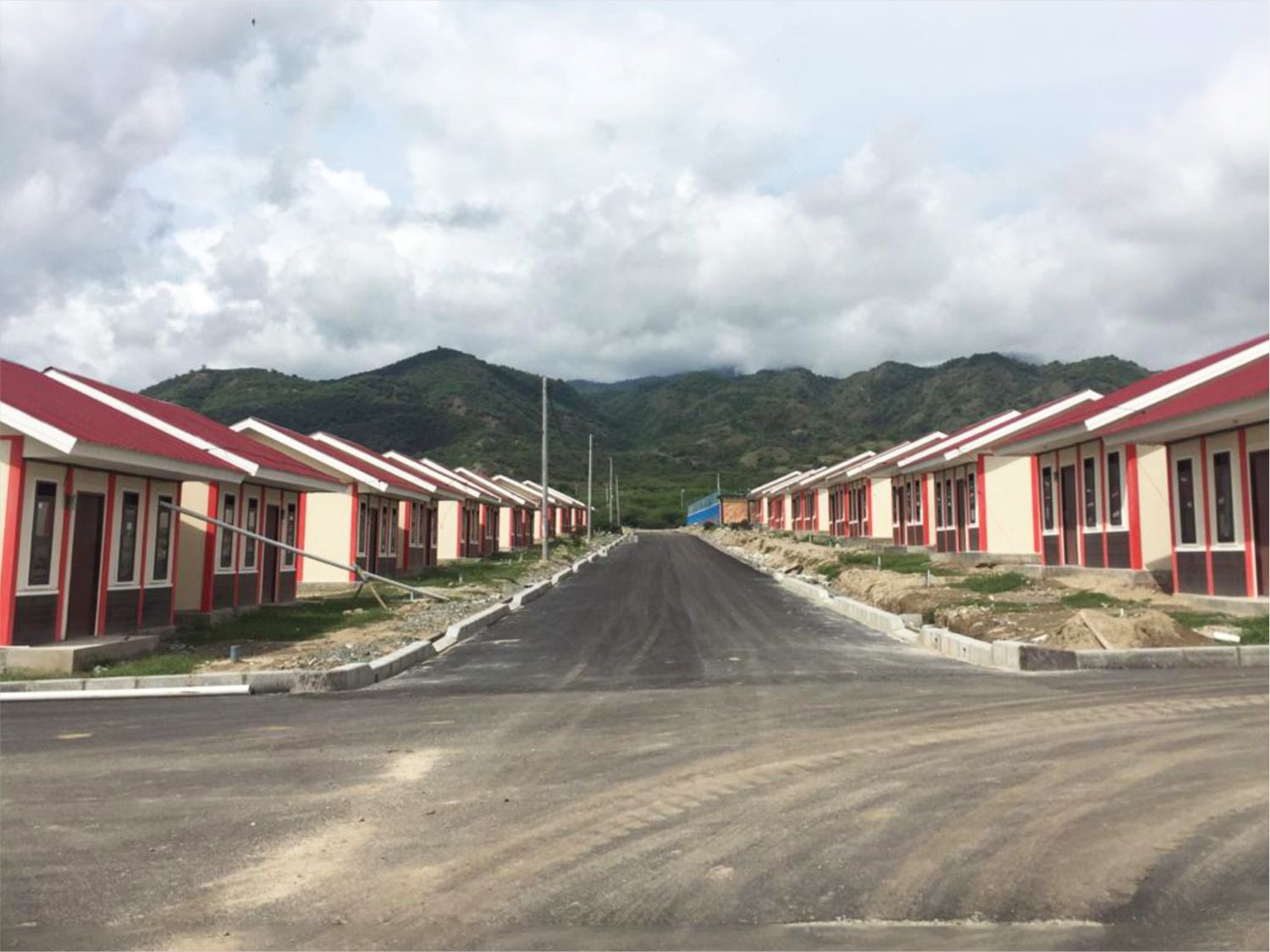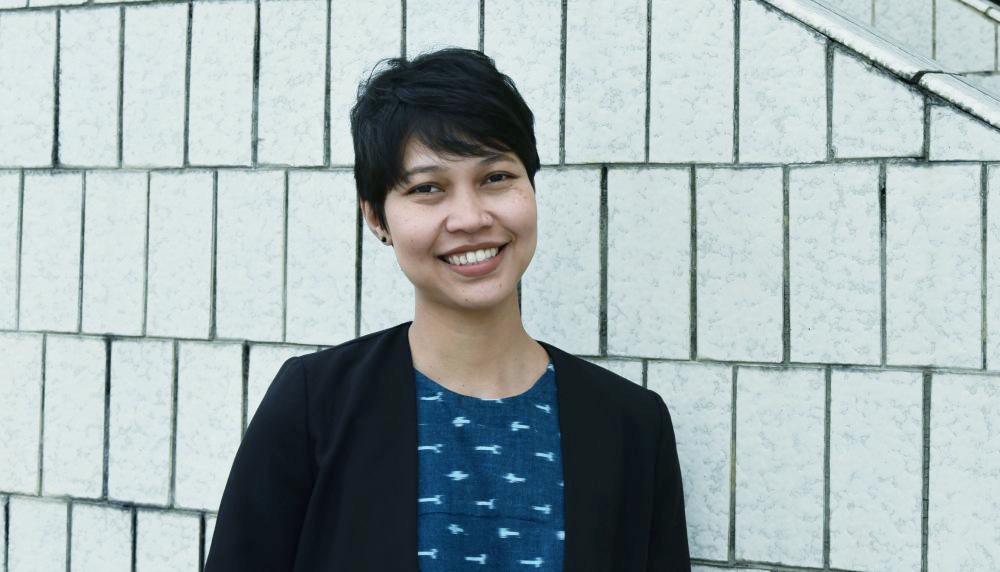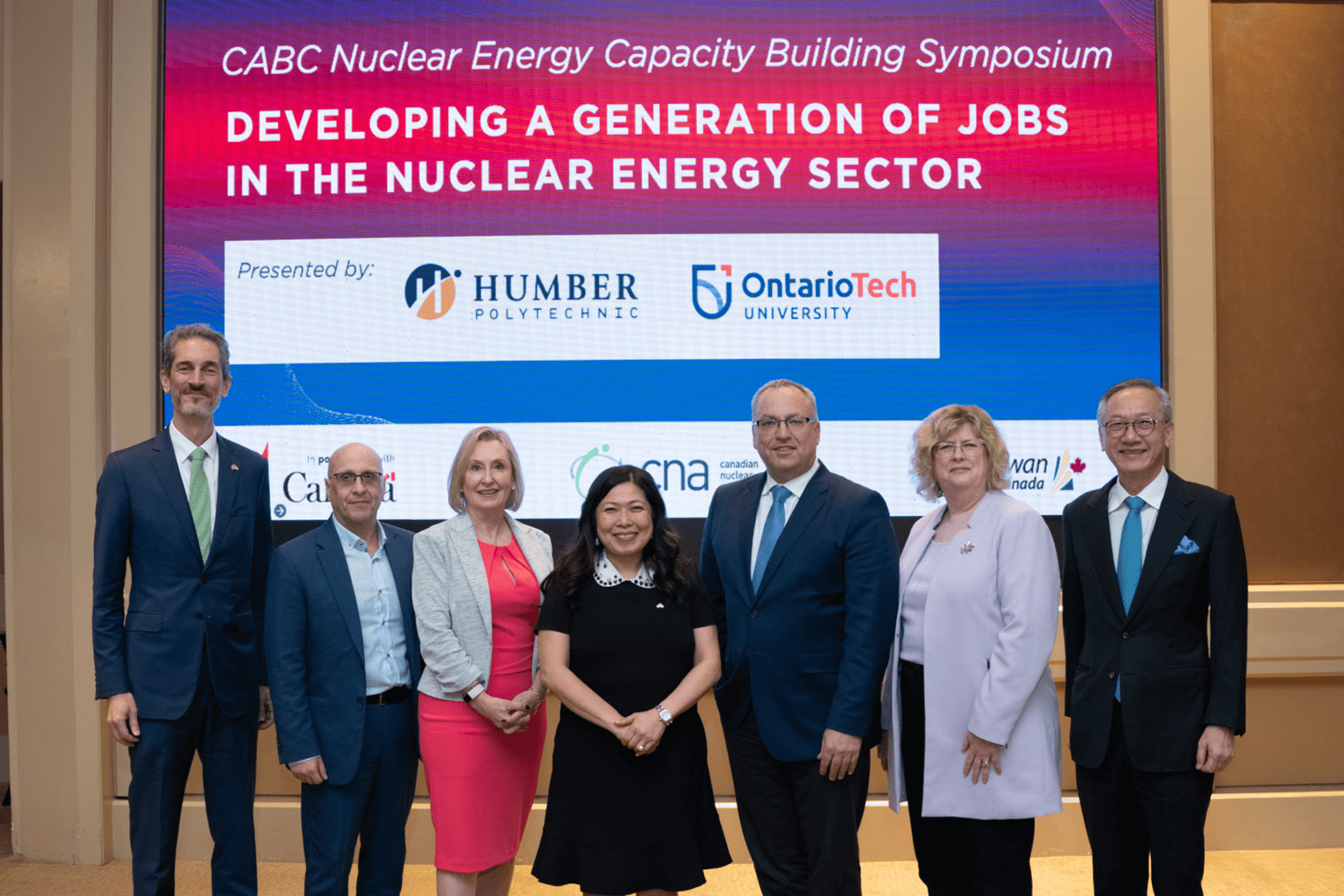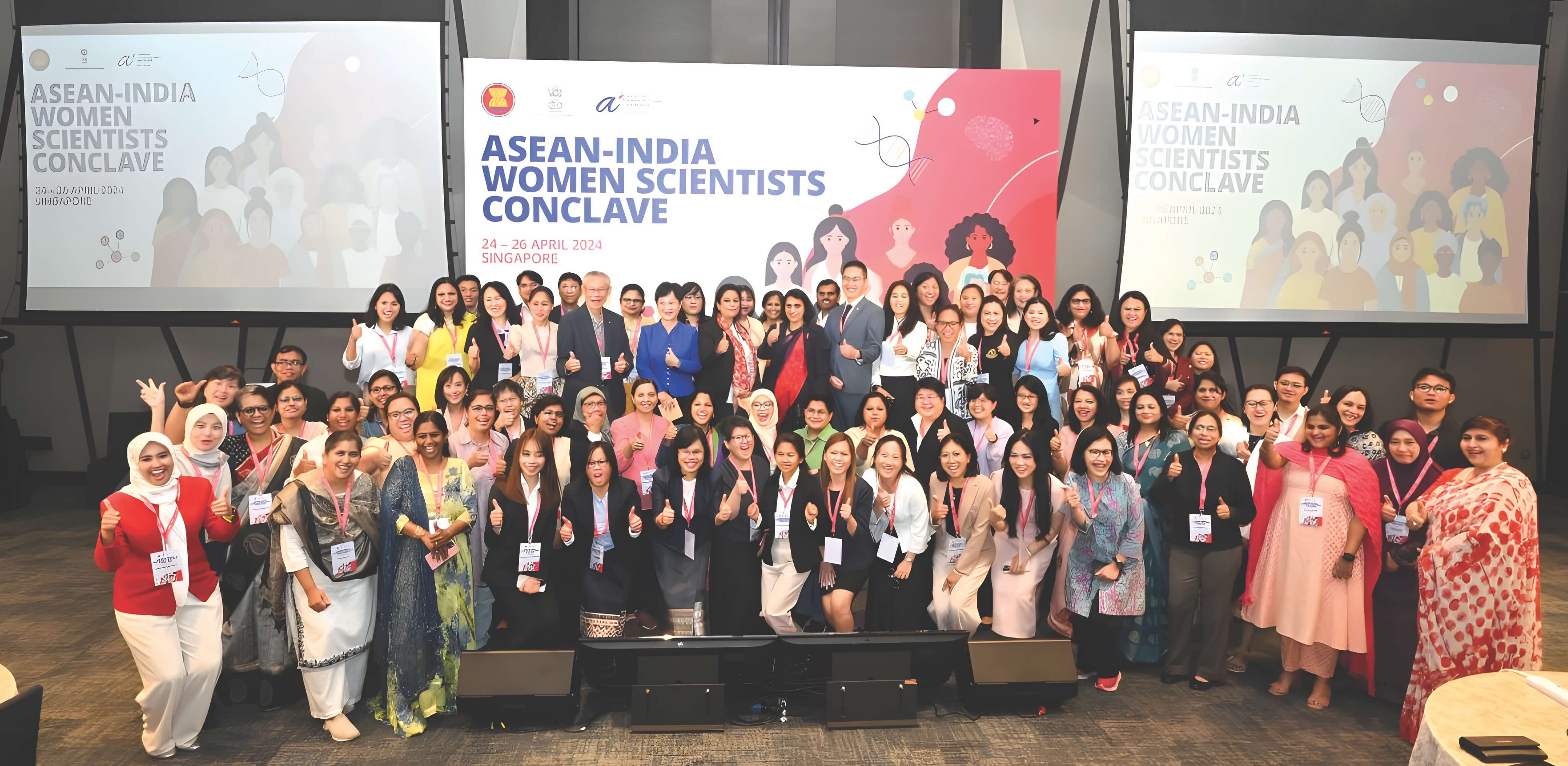




Soil liquefaction swept their homes and loved ones away. Now, survivors of the Central Sulawesi quake get new homes on sturdier ground.
On 28 September 2018, a 7.4 magnitude earthquake hit the Donggala regency in Central Sulawesi province, Indonesia. The quake, which also affected the province’s capital city of Palu, triggered a tsunami, landslides, and liquefaction— a series of events so devastating and unexpected.
By the end of October 2018, the death
toll from the disaster reached over 2,000 people, with over 1,300 people still missing and over 200,000 residents displaced.
Many residents in the neighborhoods of Balaroa and Petobo in Palu had no time to escape the swirling soil and silt that came crashing on their houses. Survivors climbed to their rooftops and watched in terror as the ground swelled and moved like waves.
Twenty-four-year-old Mentari Pratiwi lost both her parents when mudflow surged through their neighborhood. Since then, she has been living with one of her siblings. Soon, Pratiwi will be moving to a
permanent home in the new ASEAN Village, along with many others whose homes were destroyed by the calamity.
The first ASEAN Village is being constructed on a 22,600 square-meter highland in the Tondo neighborhood of Palu. Once completed, it will have 100 permanent houses, community roads, public facilities, drainage, and access to water and electricity. So far, 75 permanent houses have been built, each one with two bedrooms and a latrine.
The project, which costs 723,647 US dollars, is being facilitated by the Jakarta-based ASEAN Coordinating Centre for
By the end of October 2018, the death toll from the disaster reached over 2,000 people, with over 1,300 people still missing and over 200,000 residents displaced.
Many residents in the neighborhoods of Balaroa and Petobo in Palu had no time to escape the swirling soil and silt that came crashing on their houses. Survivors climbed to their rooftops and watched in terror as the ground swelled and moved like waves.
Twenty-four-year-old Mentari Pratiwi lost both her parents when mudflow surged through their neighborhood. Since then, she has been living with one of her siblings. Soon, Pratiwi will be moving to a permanent home in the new ASEAN Village, along with many others whose homes were destroyed by the calamity.
The first ASEAN Village is being constructed on a 22,600 square-meter highland in the Tondo neighborhood of Palu. Once completed, it will have 100 permanent houses, community roads, public facilities, drainage, and access to water and electricity. So far, 75 permanent houses have been built, each one with two bedrooms and a latrine.
The project, which costs 723,647 US dollars, is being facilitated by the Jakarta-based ASEAN Coordinating Centre for Humanitarian Assistance (AHA Centre). The project’s mission is to provide effective support to the priorities identified by the local government in the disaster recovery phase.
In the early recovery phase, some ASEAN Member States requested the AHA Centre to coordinate the provision of their assistance as mandated by the ASEAN Declaration on One ASEAN One Response. The AHA Centre initially proposed to build temporary housing for those affected.
Speaking during the virtual handover on 16 April 2020, the AHA Centre Executive Director Adelina Kamal explained that the AHA Centre, upon the request of the Indonesian government, had provided a range of support not only at the ongoing recovery stage, but also during disaster relief efforts in the immediate aftermath
of the disaster.
“We coordinated with the Palu local government and understood that what they needed were no longer temporary houses, but permanent ones,” she said.
Responding to this need, the people of Brunei Darussalam through crowdsourcing and the Philippines government funded the construction of the permanent houses. The AHA Centre also received funding from the Australian government to support the operational costs.
The first phase, involving the construction of 75 houses, began on 6 August 2019 and was completed in March 2020. Once work on the access to clean water is completed, the housing units can be handed over to the recipients immediately.
The second phase is underway and will continue until the end of 2020. This involves the completion of the remaining 25 houses; one mushola, a small place of worship for Muslims; and one auxiliary health centre. The additional 25 houses and the mushola are being built with additional funding from Brunei Darussalam, while
the health centre is supported by the nonprofit organisation, Direct Relief.
Palu Mayor Hidayat said that the ASEAN Village was part of the government’s efforts to provide permanent settlement for around 7,000 affected families.
“We wish to convey our gratitude to the AHA Centre for facilitating assistance from ASEAN Member States. We hope this will bring happiness for those affected by the liquefaction,” Hidayat said during the handover.
As one of the beneficiaries, Pratiwi is overjoyed.
“I’m so happy because I don’t need to be worried anymore about where to live. I’m ready to move to ASEAN Village,” she told The ASEAN.
Pratiwi just graduated from a pharmacy college in Palu and is looking for a job. Knowing that there will be a health centre in the ASEAN Village, she hopes to eventually work there and be able to help her community.








